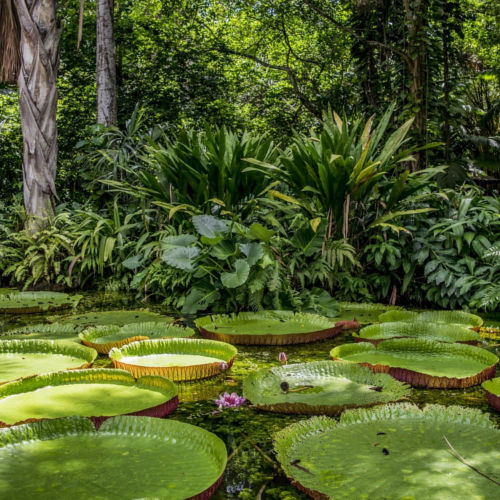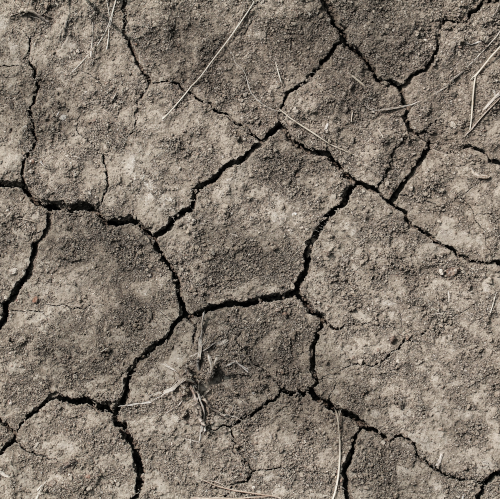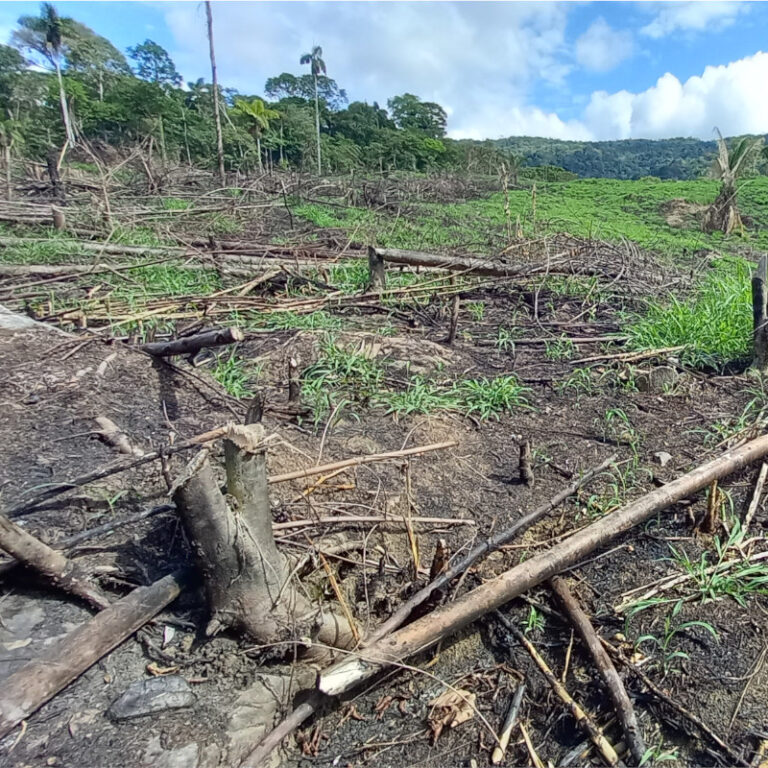Forscher sehen in Regenwaldabholzung Ursache für Dürren in Europa
Read MoreAchievements of Our Objectives

Animals Saved

Hectars Rainforest Protected

Planetlungs beteiligt sich aktiv an der Entwicklung von E-Fuel-Energieprojekten. In den kommenden Monaten werden Entwicklungspläne mit verschiedenen Institutionen und Partnern abgestimmt.
Know More About
What We Achieved
Planetlungs will work in cooperation with three scientific institutions: ACRENAP, RBAV, INST. TROPISCHE PFLANZEN, these non-profit companies have headquarters in Peru. We will be the representatives in the European community and others to intensify the mutual work between South America and Europe, especially in Germany.
Likewise, sufficient material has been obtained for the publication of a scientifically based book called
“Book of the Atlas of Rhopalocera of Peru” (1st edition)”, to be published in the next months of 2023. This study is the result of research carried out over the last 20 years by the team of national and international researchers from the NGO ACRENAP in the Peruvian Amazon.
The book aims to identify species of diurnal butterflies from 6 families: Hesperidae, Lycaenidae, Riodinidae, Papilionidae, Pieridae and Nymphalidae (from 10 subfamilies: Apaturinae, Limenitidinae, Charaxinae, Cyrestinae, Brassolinae, Danainae, Heliconinae, Biblidinae, Nymphalinae and Satyrinae) . On the contrary, it also includes photos of the stages of eggs, larvae, pupae and imagoes (females, males and wings) of all the species identified as diurnal pollinators of plants and crops in the Amazon rainforest.
This book presents 569 species of diurnal butterflies from the Peruvian Amazon jungle (100 to 2,500 masl) and their 297 species of host plants (larval stage).
















